Protect the future.
Leading in vaccine innovation to help you advance the health and well-being of your herd.
Realize the rewards with PrimeVAC™
BOVILIS® PrimeVAC™ is a preconditioning program that focuses on respiratory and clostridial vaccinations, plus protection against internal parasites. It also includes optional implant protocols. It can help you get your calves off to the best start.
Your veterinarian can sign your PrimeVAC certificate to demonstrate your preconditioning efforts at the sale barn.
Add $45 per head with VAC45
Learn more about the management decisions, programs and health protocols that drive the price per pound paid by buyers.
Merck Animal Health, Superior Livestock Auction and Kansas State University have worked together to evaluate the management decisions, programs and health protocols that drive the price per pound paid by buyers. The 2023 dataset includes information from 898,500 calves with an average weight of 571 pounds.1 The data showed selling calves on a VAC45 program added nearly $45/head compared to calves receiving only one dose of vaccines and weaned at shipping.2
Raising BRD resilient calves
Dean Fish is dedicated to agricultural literacy, conservation and resource management while raising high-quality beef. He uses BOVILIS® NASALGEN® 3-PMH, the only intranasal bovine respiratory disease (BRD) vaccine proven effective against viral and bacterial pneumonia, to raise resilient calves that impress the feedyard.
Dean Fish, Ph.D.
Santa Fe Ranch
Nogales, Arizona
User-friendly ALLFLEX® CleanVax™ for intranasal administration
Nebraska producer relies on ALLFLEX CleanVax nozzles and shields. The system is simple to use and enhances calf comfort, hygiene and consistency, making it easier on both the calf and caregiver.
Brendon Hauxwell
Hauxwell Land & Cattle
McCook, Nebraska
Groundbreaking vaccinations
Learn from members of the teams who brought these vaccines to market.
BOVILIS® NASALGEN®: Intranasal Vaccine Technology
BOVILIS® VISION®: Low-Stress Clostridial Vaccines
BOVILIS® VISTA®: Addressing Emerging Diseases
Browse the complete BOVILIS vaccine lineup.
Respiratory
Respiratory diseases are the most common and costly infections plaguing the North American cattle industry.3,4
Cattle vaccines from Merck Animal Health are designed to protect your herd and profits.
BOVILIS® NASALGEN® IP
Intranasal vaccination for healthy cattle 5-months or older against IBR and PI3 viruses.
LEARN MOREBOVILIS® NASALGEN® 3
Intranasal vaccine shown to be effective for healthy cattle, 1 week of age or older against IBR virus, BRSV and PI3 virus.
LEARN MOREBOVILIS® NASALGEN® 3-PMH
Intranasal vaccine for healthy cattle, 1 week or older against IBR virus, BRSV, PI3, Mannheimia haemolytica and Pasteurella multocida.
LEARN MOREBOVILIS® ONCE PMH® IN
Intranasal vaccine for healthy cattle 1-week or older against Mannheimia haemolytica and Pasteurella multocida.
LEARN MOREBOVILIS® ONCE PMH® SQ
For the vaccination of healthy cattle 3 months or older against respiratory disease due to Mannheimia haemolytica and Pasteurella multocida.
LEARN MOREBOVILIS® VISTA® 5 SQ
For the vaccination of healthy cattle 3-months or older against respiratory disease and abortion due to IBR, respiratory disease, fetal infection…
LEARN MOREBOVILIS® VISTA® BVD-CFP
For the vaccination of healthy cattle, 3-months or older against respiratory disease, fetal infection and persistently infected calves due to BVD (Types 1…
LEARN MOREBOVILIS® VISTA® ONCE SQ
For the vaccination of healthy cattle 3-months or older against respiratory disease and abortion due to IBR, respiratory disease, fetal infection…
LEARN MOREClostridial (Black Leg)
Naturally found in soil and the intestines of cattle, clostridial organisms can cause unexpected mortality to a herd in the form of blackleg and other fatal diseases. Protect your herd’s health and your profits with vaccines from Merck Animal Health.
BOVILIS® CAVALRY® 9
For the vaccination of healthy cattle against disease caused by Clostridium chauvoei, C. septicum, C. haemolyticum, C. novyi, C. sordellii, C. tetani, and C. perfringens Types C & D.
LEARN MOREBOVILIS® COVEXIN® 8
For the vaccination of healthy cattle and sheep against disease caused by Clostridium chauvoei, C. septicum, C. novyi (Type B), C. haemolyticum, …
LEARN MOREBOVILIS® VISION® 7 SOMNUS WITH SPUR®*
For the vaccination of healthy cattle against disease caused by Clostridium chauvoei, Cl. septicum, Cl. novyi, Cl. sordellii, Cl. perfringens (Types C and…
LEARN MOREBOVILIS® VISION® 7 WITH SPUR®*
For the vaccination of healthy cattle and sheep against disease caused by Clostridium chauvoei, Cl. Septicum, Cl. novyi, Cl. sordellii, Cl. perfringens…
LEARN MOREBOVILIS® VISION® 8 SOMNUS WITH SPUR®*
For the vaccination of healthy cattle against disease caused by Clostridium chauvoei, Cl. septicum, Cl. haemolyticum, Cl. novyi, Cl. sordellii, Cl. perfringens…
LEARN MOREBOVILIS® VISION® 8 WITH SPUR®*
For the vaccination of healthy cattle and sheep against Clostridium chauvoei, C. septicum, C. haemolyticum, C. novyi, C. sordellii, C. perfringens (Type C and D).
LEARN MOREBOVILIS® VISION® CD WITH SPUR®*
For the vaccination of healthy cattle, sheep and goats against Enterotoxemia caused by Clostridium perfringens (Types C and D).
LEARN MOREBOVILIS® VISION® CD-T WITH SPUR®*
For the vaccination of healthy cattle, sheep and goats against disease caused by Clostridium perfringens (Types C and D) and Cl. tetani.
LEARN MOREReproductive
Breeding stock and their offspring are critical to the success of your operation. Protect both with the reproductive lineup of vaccines from Merck Animal Health.
BOVILIS® L5 SQ
For the vaccination of healthy cattle 6-months and older for preventing leptospirosis and prevention of urinary shedding of L. hardjo organisms.
LEARN MOREBOVILIS® VISTA® 5 L5 SQ CFP
For the vaccination of healthy cattle 6-months or older against respiratory disease and abortion due to IBR, respiratory disease, fetal infection
LEARN MOREBOVILIS® VISTA® 5 VL5 SQ CFP
For the vaccination of healthy cattle 6-months or older against respiratory disease and abortion due to IBR, respiratory disease, fetal infection…
LEARN MOREBOVILIS® VL5 SQ
For the vaccination of healthy cattle 6-months or older against reproductive disease caused by Campylobacter fetus and leptospirosis.
LEARN MOREMastitis
Your cows’ production and your operation’s profitability take a direct hit if coliform mastitis takes hold. Vaccinate before it impacts your milk string.
BOVILIS® J-5
For vaccination of healthy adult cattle, including pregnant cattle, against mastitis due to Escherichia coli.
LEARN MOREScours
Calf scours – neonatal diarrhea – exerts a costly toll on the livestock industry. While the bacteria, viruses and parasites that cause the disease are a part of livestock production, scours can be prevented. For exceptional protection, turn to vaccines from Merck Animal Health.
BOVILIS® CORONAVIRUS
Intranasal vaccine shown to be effective for the vaccination of healthy calves against enteric disease caused by bovine coronavirus.
LEARN MOREBOVILIS® GUARDIAN®
Complete neonatal diarrhea vaccine offering the broadest spectrum of antigens associated with major bacterial and viral causes of scours in calves.
LEARN MOREPinkeye
Spread by flies, pinkeye causes pain, stress and weight loss in cattle. If your cattle go blind or develop clouded eyes, your operation’s profitability will take an additional hit. Prevent pinkeye before it blindsides your ROI.
BOVILIS® 20/20 VISION® 7 WITH SPUR®*
For use in healthy cattle as an aid in preventing Clostridium chauvoei, septicum, novyi, sordellii and perfringens (Types C & D), and Moraxella bovis.
LEARN MOREBOVILIS® PILIGUARD® PINKEYE
For the vaccination of healthy cattle against Moraxella bovis.
LEARN MOREReferences
- Superior Livestock Auction Data 2023.
- Glynn T. Tonser, Professor, Dept. of Agricultural Economics, Kansas State University, evaluation of 2023 Superior Livestock Auction data.
- Clarke R. November 2014. The full cost of pinkeye in cattle. Canadian Cattlemen website. November 2014. https://www.canadiancattlemen.ca/features/the-full-cost-of-pink-eye-in-cattle/. Accessed May 12, 2021.
- Fulton RW. Bovine respiratory disease research (1983–2009). Cambridge University Press. Anim Health Res Rev. 2009;10(2):131–139.
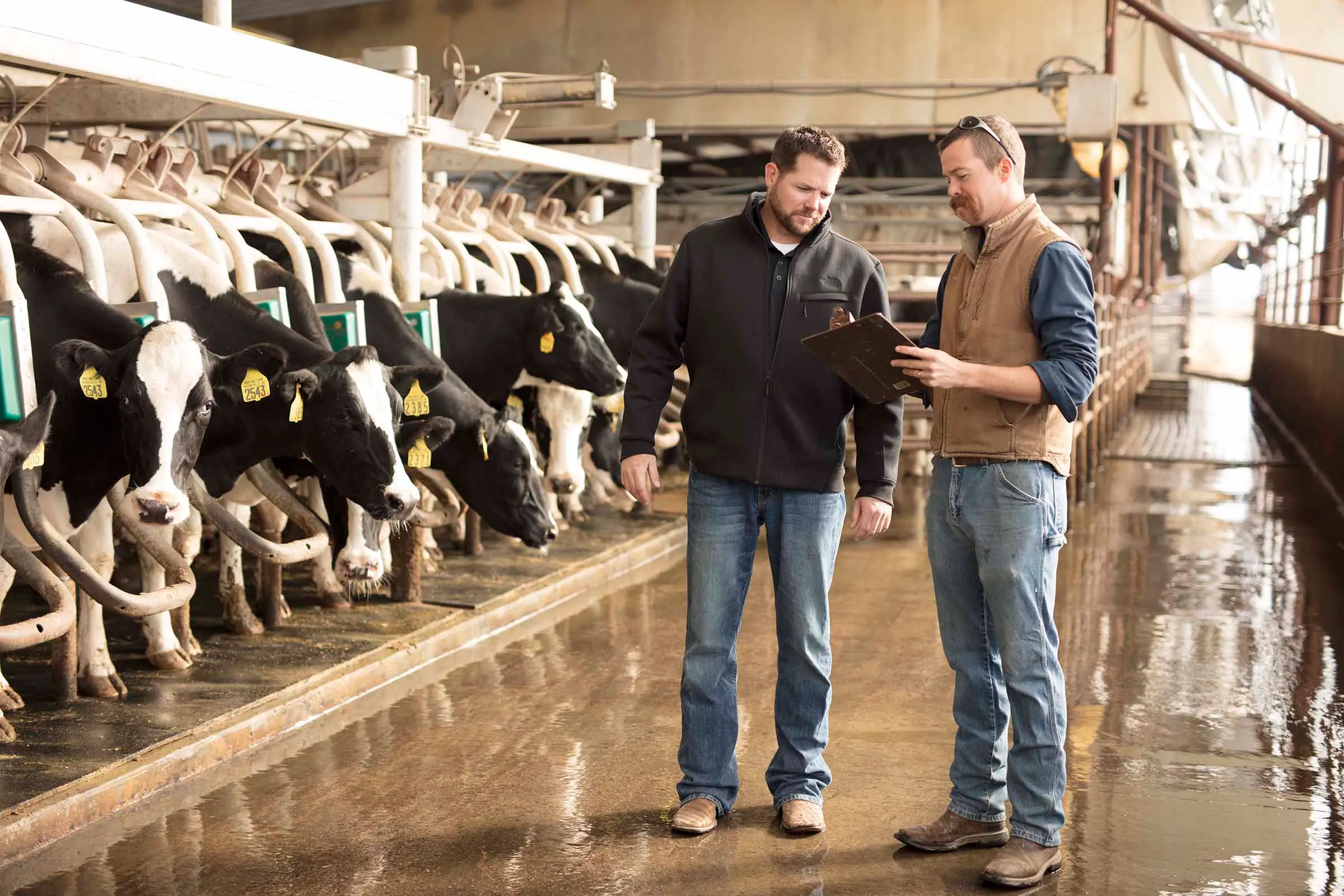

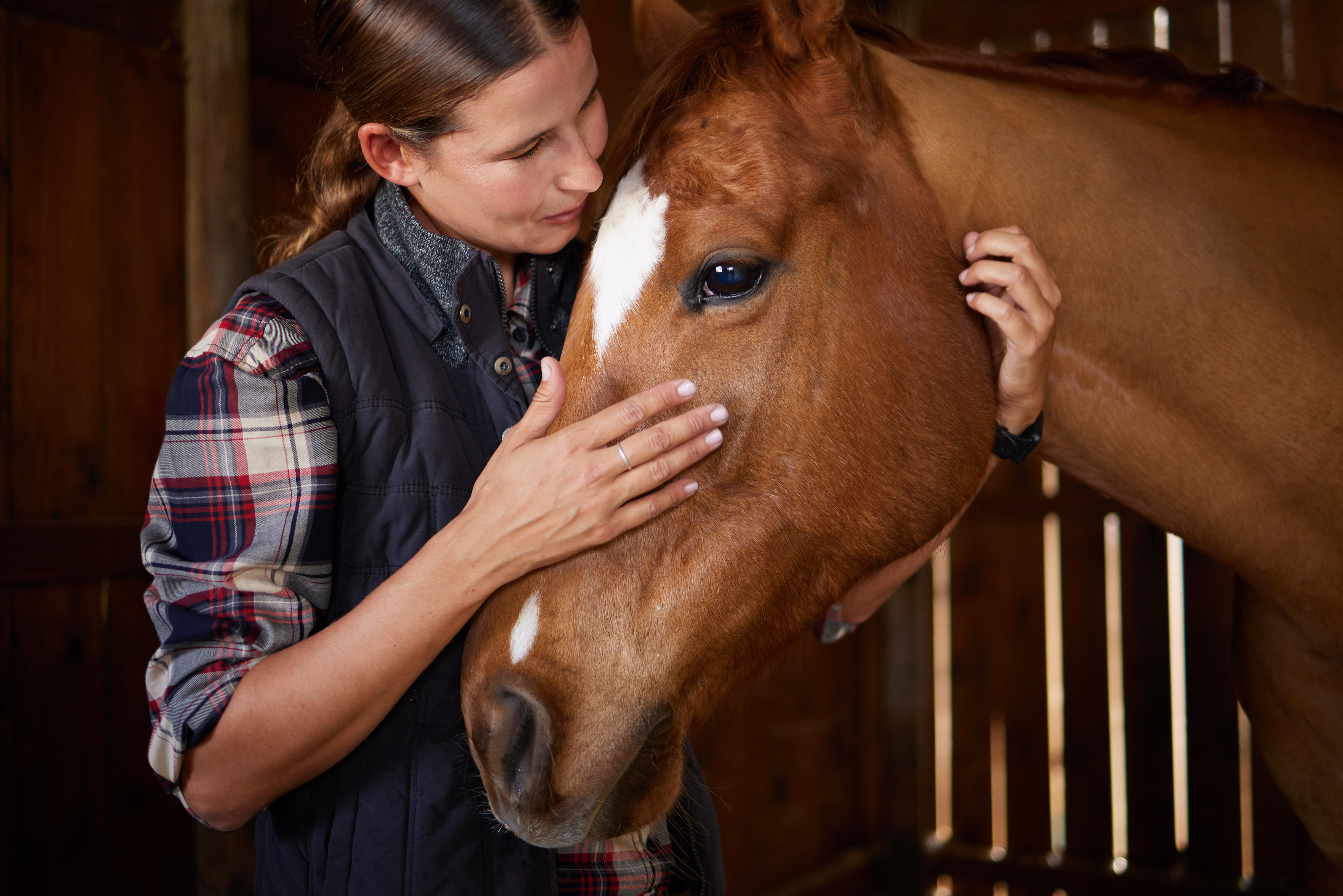
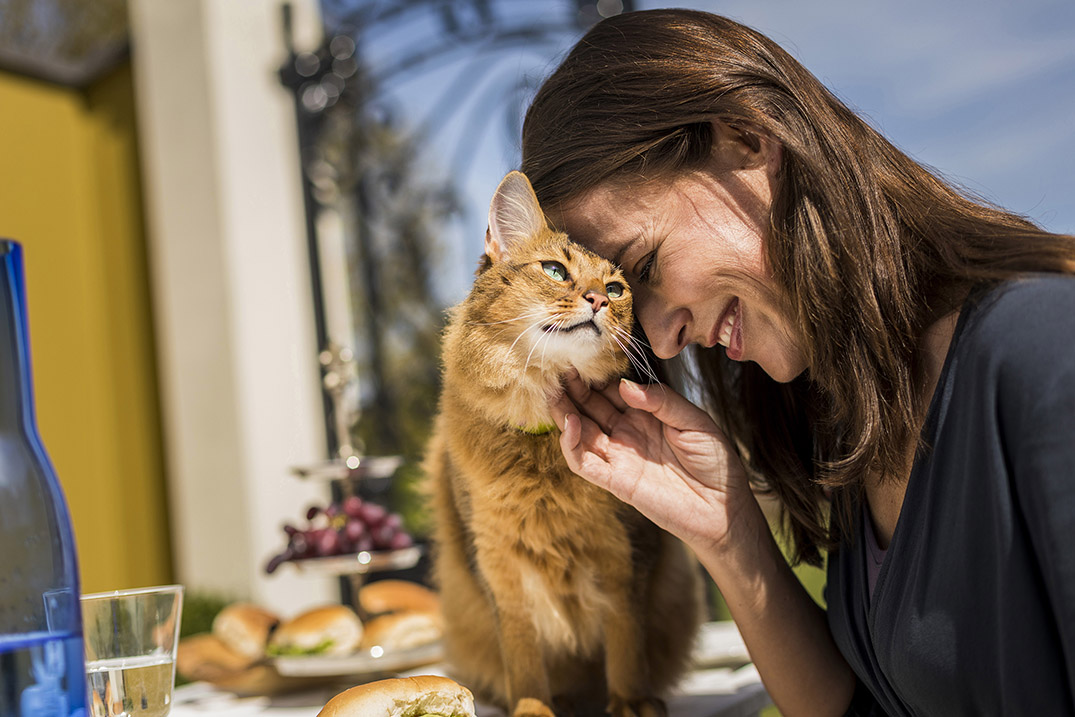
 Go To United States
Go To United States Algeria
Algeria Argentina
Argentina Australia
Australia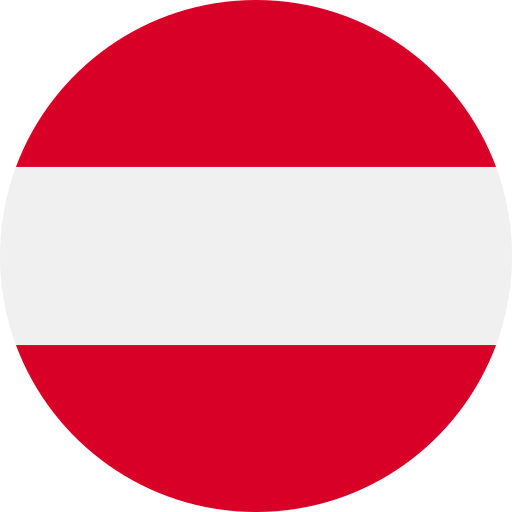 Austria
Austria Bahrain
Bahrain Belgium (Dutch)
Belgium (Dutch) Brazil
Brazil Canada (English)
Canada (English) Chile
Chile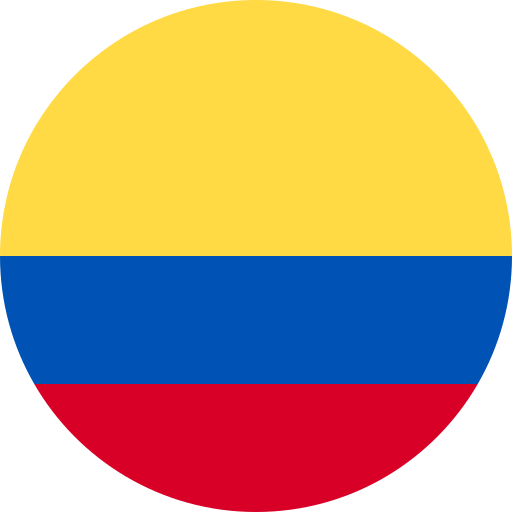 Colombia
Colombia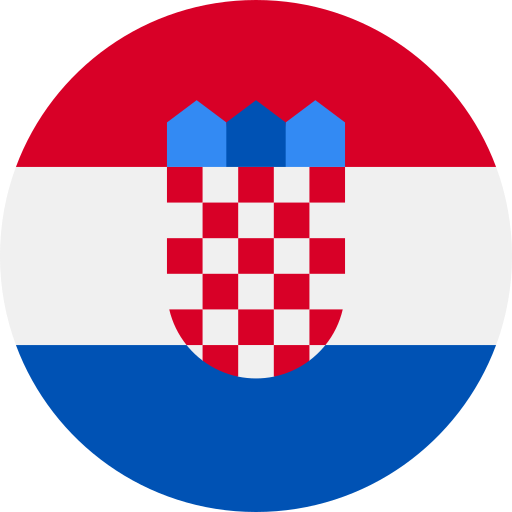 Croatia
Croatia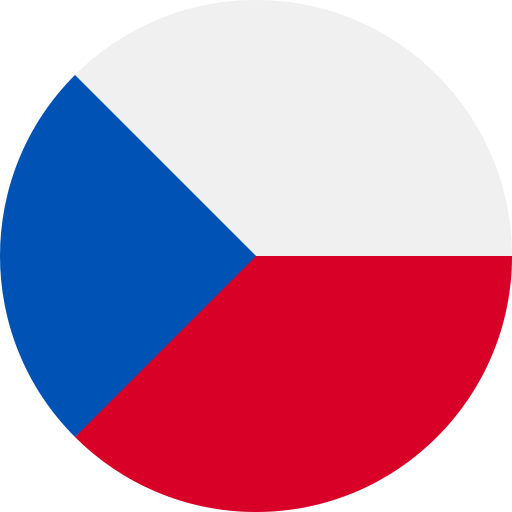 Czech Republic
Czech Republic Denmark
Denmark Ecuador
Ecuador Egypt
Egypt Finland
Finland France
France Germany
Germany Greece
Greece Hungary
Hungary India
India Indonesia
Indonesia Iraq
Iraq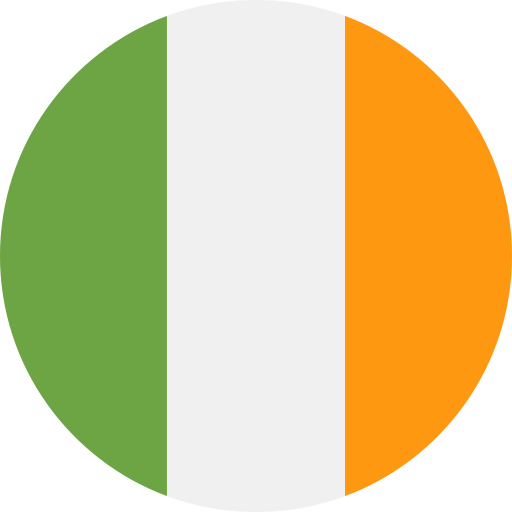 Ireland
Ireland Israel
Israel Italy
Italy Japan
Japan Jordan
Jordan Kuwait
Kuwait Lebanon
Lebanon Malaysia
Malaysia Mexico
Mexico Morocco
Morocco Netherlands
Netherlands New Zealand
New Zealand Norway
Norway Oman
Oman Panama
Panama Peru
Peru Philippines
Philippines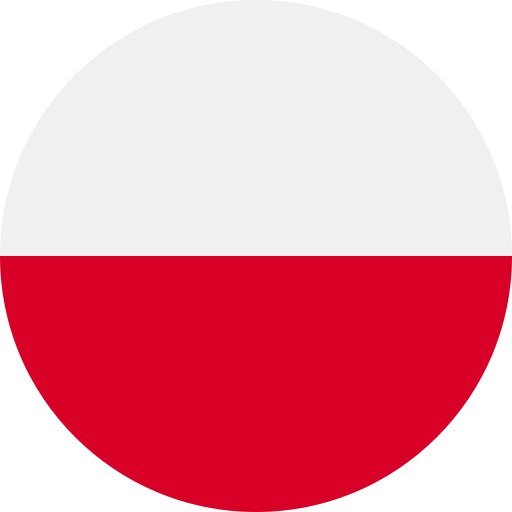 Poland
Poland Portugal
Portugal Qatar
Qatar Romania
Romania Russian Federation
Russian Federation Saudi Arabia
Saudi Arabia South Africa
South Africa South Korea
South Korea Spain
Spain Sweden
Sweden Switzerland (French)
Switzerland (French) Taiwan
Taiwan Thailand
Thailand Tunisia
Tunisia Turkey
Turkey Ukraine
Ukraine United Arab Emirates
United Arab Emirates United Kingdom
United Kingdom Uruguay
Uruguay Yemen
Yemen Global
Global